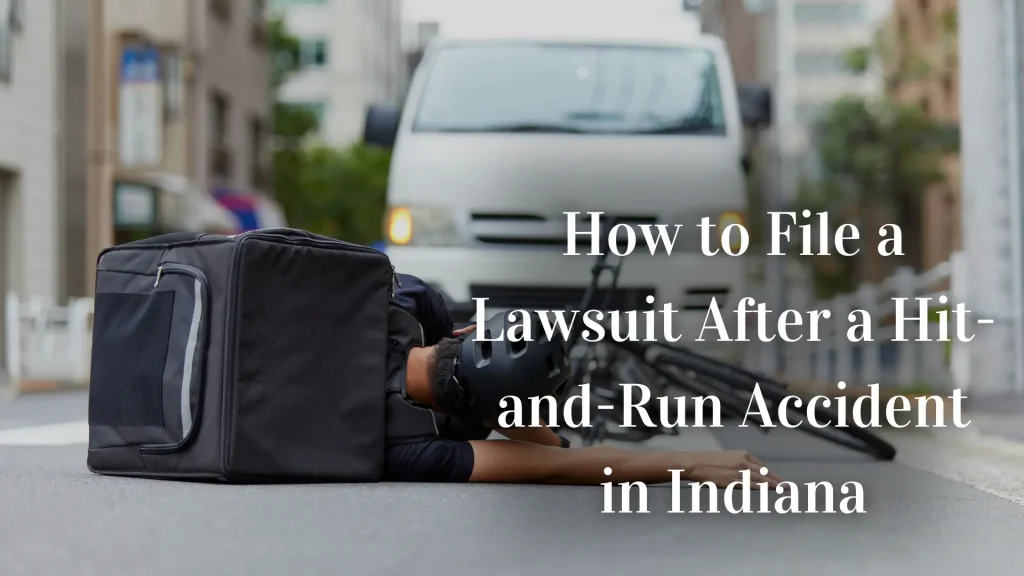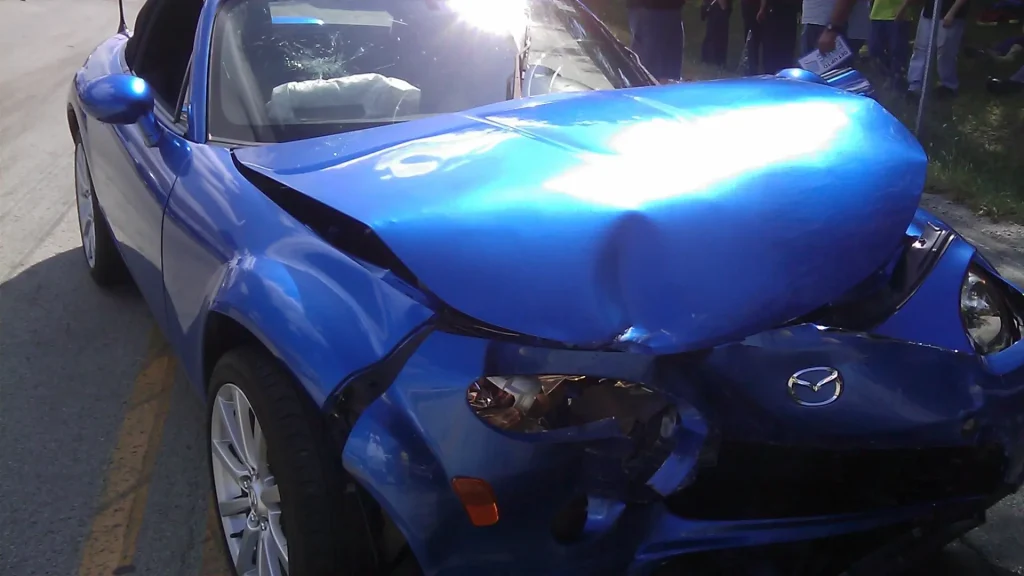
You never expect someone to crash into you and vanish. But it happens – and when it does, you deserve more than silence. The medical bills don’t wait. The pain doesn’t pause. And the justice system still gives you a way forward. Indiana personal injury lawyers can guide you through how to file a lawsuit after a hit and run, helping you take the proper steps to protect yourself and build a strong case.
Even if the driver disappears, you still have a way to seek justice. Between your own insurance policy, potential witnesses, and the police investigation, you will still have ways to seek recovery.
Steps to Take After a Hit-and-Run Accident
A few fast, focused steps will help you protect your health and your legal rights:
- Call 911 – Report the crash and wait for emergency help. Don’t chase the other driver.
- Document the Scene – Take photos, note the time and location, and write down anything you remember about the fleeing vehicle.
- Talk to the Police – Share every detail you can. The report will support both the investigation and any insurance or legal claim.
- Call a Personal Injury Lawyer – Speak with an attorney before you call your insurer. They will help you avoid common mistakes and protect your case.
- Notify Your Insurance Company – Let them know about the hit-and-run. Your uninsured motorist coverage may apply.
- See a Doctor – Even if you feel okay, visit a medical provider. That visit creates records linking your injuries to the crash.
The sooner you take these steps, the stronger your claim will be.
What If the Driver Is Never Found?
Many hit-and-run crash victims worry about one thing: what if the driver disappears for good? You can still sue an unknown driver under Indiana law. In that case, your uninsured motorist policy will essentially become the defendant, so it’s essential to know how to handle being hit by an uninsured motorist and ensure you follow the proper steps to protect your claim.
To file that type of claim, you must:
- Show that the other driver caused the crash
- Prove you made a reasonable effort to identify the vehicle or driver
- Submit evidence to your insurer (police report, witness statements, photos)
If your insurer refuses to pay fairly, you may take legal action against them for breach of contract. You will not need to prove fault driver in the same way you would with another driver, but you must still show that the crash happened and that your injuries resulted from it.
Uninsured Motorist Claims in Indiana
You may file a claim directly with your insurer if you carry uninsured motorist coverage, and most Indiana drivers do. That claim takes time and may include the damages you’d seek in court: medical bills, vehicle repairs, lost wages, and pain and suffering.
Under Indiana law, this coverage applies unless you reject it in writing. Your insurer will review your claim, but if they deny it or offer too little, your attorney may take the dispute to court, especially if you ask, ‘How can I sue someone for a hit and run?’ and need help holding the driver accountable.
Filing a Lawsuit Against a Hit-and-Run Driver
If the police track down the driver, you will file your lawsuit against that person. Your attorney will help you gather:
- The official police report
- Medical records and bills
- Photos of the damage and the accident scene
- Witness testimony or video footage
You may also request the driver’s phone records, driving history, or criminal background. A hit-and-run charge alone will not guarantee civil damages, but it strengthens your case.
Under Indiana law, you must file your lawsuit within two years of the crash date. If you wait too long, the court will likely throw out your case, no matter how strong it may be.
What Damages Can Be Recovered in a Hit-and-Run Lawsuit?
A personal injury hit-and-run case often involves a wide range of losses. Your lawsuit may seek payment for:
- Medical bills (emergency care, hospital stays, physical therapy)
- Vehicle repair or replacement
- Lost income or reduced ability to work
- Pain and suffering
- Mental distress or trauma
- Disfigurement or long-term disability
If the police find the driver, you may also recover punitive damages in rare cases. These damages aim to punish drivers who act with extreme recklessness or disregard for others’ safety.
Indiana uses a fault-based system for injury claims. The court may hold them fully responsible if you prove the other driver caused the crash and left the scene.
Please read more about the damage drinking does here: Victims of Drunk Driving- Proving Damages
Suing for Pain and Suffering After a Hit-and-Run
Physical injuries often leave emotional scars. Your lawsuit may include a claim for pain and suffering. That includes:
- Ongoing physical pain or stiffness
- Trouble sleeping, anxiety, or fear of driving
- Loss of enjoyment of life
- PTSD or other mental health conditions
Indiana does not cap pain and suffering damages in most vehicle accident cases. The court will decide what amount fits your specific experience based on medical testimony, personal accounts, and the overall impact on your life.
Police Investigation and Evidence Collection

The sooner the police start their investigation, the better your chances of finding the driver. Officers will search for witnesses, traffic or security cameras, and any paint transfer or debris left behind.
As the crash victim of a hit, you can help by:
- Giving a full statement right away
- Following up with the police about new tips
- Asking nearby businesses if they caught anything on camera
Even if police don’t identify the driver, their report will still help your civil claim.
What to Know Before You File
Filing a lawsuit after a hit-and-run starts with proof. You’ll need to show that the crash happened, you suffered injuries, and the other driver caused it. Your records and statements will carry weight even without a name or plate.
You’ll also need to move quickly. Insurance policies, court deadlines, and evidence don’t wait. If you miss a step or let too much time pass, you may lose your right to recover.
Keep every document, take photos, and get medical care. Those actions will protect your legal rights from the start.
Contact an Indiana Car Accident Attorney for Help
A hit-and-run driver may try to disappear, but your legal options won’t. You can act now and move forward with a plan. An Indiana personal injury lawyer can guide you through the hit-and-run claims process and help you hold the right parties accountable.
At Hankey Marks & Crider, we bring over 80 years of combined experience to every case. Our attorneys serve injured people across Indiana and the Midwest, and we treat every client and help you with the respect and attention they deserve. Contact us today at (317) 634-8565 for a free consultation.

